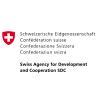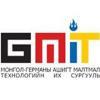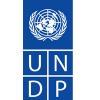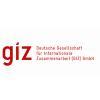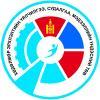DESCRIPTION OF THE PROJECT:
The TA had the goal of reducing the transmission of STI/HIV/AIDS and preventing human trafficking by raising public awareness of HIV/AIDS and human trafficking, addressing the risk of HIV/AIDS transmission and strengthening border control capacity against human trafficking. One of the five components of the TA was benefit monitoring and evaluation system in construction areas. As part of this M&E a baseline study on KAP on HIV/AIDS and human trafficking was conducted by a private company however, the TA considered the survey as not satisfactory (TAR, Sep 2007).
Therefore the Client hired IRIM two years later to conduct the follow-up evaluation of the TA. The goal of the follow-up survey was to define the knowledge, attitudes and practice of target population groups, to identify changes affected by the project activities in these target groups’ KAP and to assist with prioritization and ordering of the project activities. Although the baseline survey results were not clear and reliable, for the sake of comparison, IRIM had to adhere to the analysis methodology as far as possible for consistency.
DESCRIPTION OF THE SERVICES PROVIDED:
- IRIM improved the M&E methodology (defining clear criteria and indicators for measuring KAP etc.) of the baseline study;
- Conducted a pretest of survey instruments among 30 participants in the periphery of Khan-Uul district;
- The data collection was carried out using three methods. KAP questionnaires were administered to a total of 729 respondents (Mongolian and Chinese mining and road workers, truck drivers, local communities surrounding the road corridor etc.). Five focus group discussions were conducted in Gobisumber, Dornogbi and Erlian city. Finally, in-depth interviews with nine police officers, nine officials, six sex workers and three border agency officers were carried out.
- The data collected was processed using SPSS 17.0 software after thorough checks for technical and logical errors. Statistical analysis such as cluster analysis, factor analysis, dispersion, correlation and logical analysis were employed. Moreover, the qualitative data was analyzed by QDA Miner software.
The final survey report was developed and submitted to ADB and Ministry of Health. The document was formally published and printed for distribution to key stakeholders.
Related projects
-
Leveraging Science and Tradition in DRR in Mongolia III (LTS3), Final Evaluation
Client
International Organization for Migration
.png)

.png)
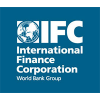
.png)
.png)
.jpg)


